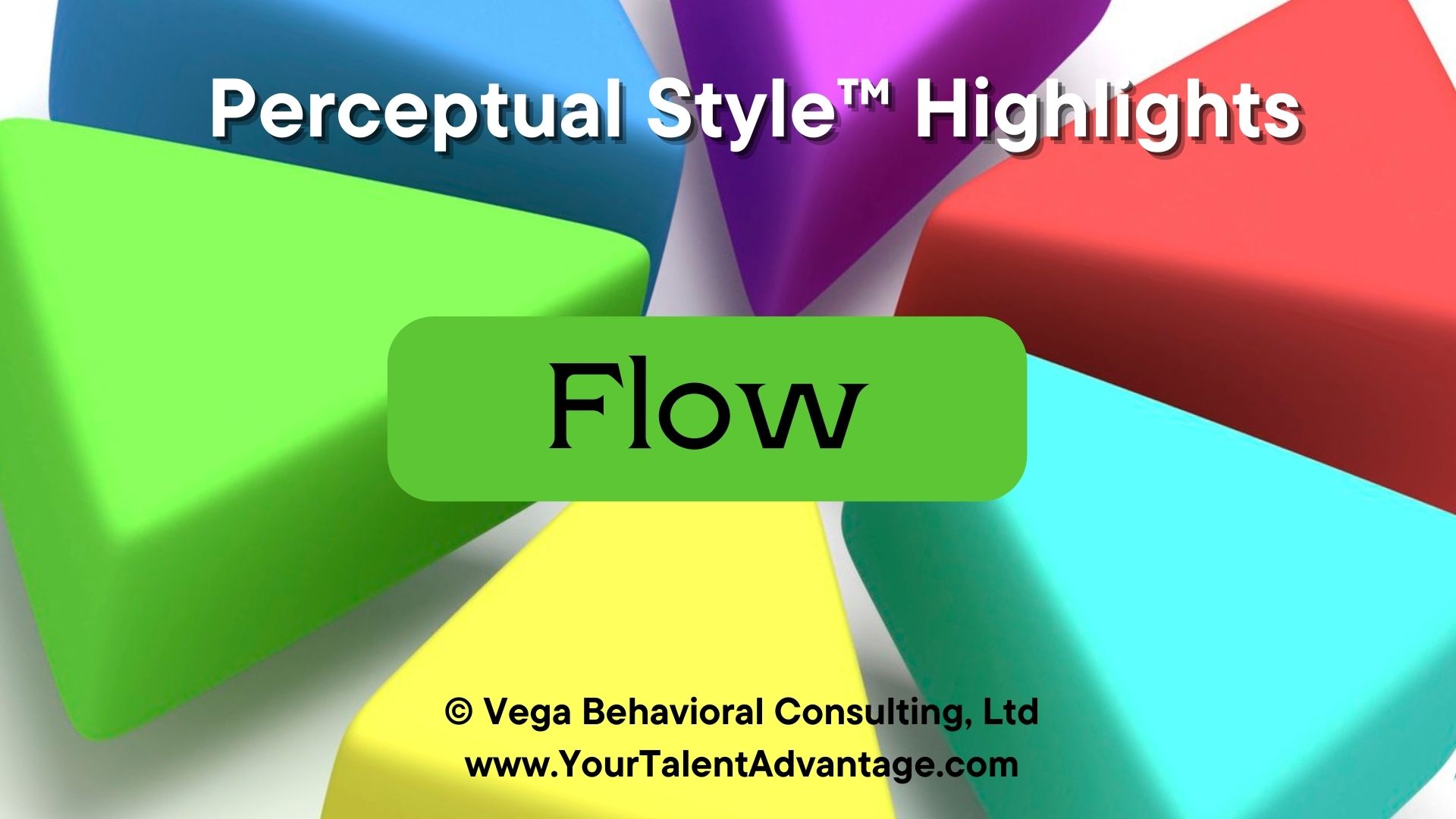
Goals Perceptual Style™ and Collaboration
Driving Collaboration with Purpose and Focus
Collaboration isn’t just about working together — it’s about making progress toward shared objectives. Whether you're navigating a team project, coordinating family plans, or organizing a community effort, you thrive when everyone is aligned, clear on expectations, and committed to results.
But effective collaboration isn’t one-size-fits-all. Your natural approach to collaboration is shaped by your Goals Perceptual Style— clarity, direction, and a focus on outcomes that moves things forward and keeps everyone on track.

Why Collaboration Matters
We’re wired for connection. Research consistently shows that people thrive in community and struggle in isolation.
Collaboration isn’t just about splitting tasks — it’s about aligning efforts, building trust, and achieving collective success.
When done right, collaboration:
-
Creates clear direction and shared goals.
-
Maximizes efficiency and productivity.
-
Builds trust through accountability and recognition.
But let’s face it — collaboration isn’t always smooth. Misaligned priorities, lack of direction, or mismatched styles can lead to frustration. That’s where understanding your Goals Perceptual Stylecomes in.
Your Collaboration Superpowers
With the Goals Perceptual Style,you bring focus, direction, and drive to collaboration. You help teams stay on track and keep momentum strong by staying oriented toward results.
You thrive in collaboration when you can:
-
Help unify the group around clear goals and keep attention on what needs to get done.
-
Encourage teammates to take on roles that match their strengths and contribute to progress.
-
Hold high standards for performance and expect accountability from everyone involved.
-
Step in with direct action when challenges arise, keeping things moving toward the finish line.
-
Share recognition. Success is celebrated, and contributions are acknowledged.
Your focus, consistency, and drive make you a valuable contributor to teams that want to get things done and do them well.


Why Understanding Your Perceptual Style Matters
Collaboration is one of the most powerful tools for success — but without clarity, direction, or shared purpose, it can quickly become chaotic.
When you understand your Goals Perceptual Style,you can:
-
Leverage your natural strengths to keep group efforts purposeful and on track.
-
Avoid frustration by recognizing when others need more time or process to get aligned.
-
Encourage teammates to stay focused on outcomes and follow-through.
-
Contribute to smoother teamwork by staying calm, direct, and solution-focused during challenges.
When you bring your strengths to a team with shared objectives, collaboration feels less like managing chaos — and more like driving real progress together.
Take Action: Discover Your Perceptual Style
The Perceptual Style Assessment™doesn’t just highlight your strengths — it equips you with practical tools and insights to collaborate effectively and lead with clarity.
When you take the assessment, you’ll receive:
-
A 45-page Celebrate You! action guide tailored to the Goals Perceptual Style.
-
Clear insights into your collaboration strengths.
-
Practical strategies for driving results in any team environment.
Stop feeling frustrated. Start collaborating with focus, purpose, and confidence.

Explore the Six Perceptual Styles and Collaboration
Curious about how different Perceptual Stylesapproach collaboration? Explore below for insights into each unique style::
Understanding your style is just the first step. When you learn to appreciate the strengths others bring to the table, collaboration transforms from a challenge into an opportunity.
Frequently Asked Questions about the Goals Perceptual Style and Collaboration
What does it mean to have the Goals Perceptual Style™?
You see life as a series of objectives waiting to be met. You thrive on clear direction, bold action, and measurable results. You quickly identify what matters most today and move with purpose toward solutions that create progress.
What are some of the natural strengths of Goals
You bring clarity and momentum wherever you go. You cut through confusion, set priorities, and motivate others with your drive and decisiveness. You spot what’s essential, act with confidence, and move people and projects from uncertainty to completion.
How does the Goals style show up in Collaboration?
You pull people together around a shared purpose. You take the lead naturally, assign roles, and keep the group focused on results.
What are a few common blind spots—and how can I manage them?
Your fast thinking and quick action can leave others feeling rushed or unheard. A quick check — “Before we move, anything I’m missing?” — keeps people aligned without slowing you down. Your focus on the right solution can unintentionally dismiss feelings, so acknowledging shared goals helps maintain trust. And because once you “get it,” you’re ready to move on, try “Give me the bottom line” instead of cutting someone short — you’ll still get clarity fast without shutting them down.
How can understanding my Goals strengths help me thrive?
Knowing your Perceptual Style helps you channel your natural intensity where it counts. You can set short-term goals that build lasting success, balance drive with patience when others move more slowly, and celebrate progress without losing sight of the bigger picture. Awareness helps you turn determination into direction — and results into meaning.
Can my Perceptual Style change over time?
No — your Perceptual Style is innate. What evolves is how you apply it. As your self-awareness grows, you’ll refine how you use your natural strengths and direct your energy for greater impact.





